Chandragiri Fort Kerala is a glorious historic monument situated in the Kasaragod district. This fort is situated atop a hill from which visitors can witness the confluence of the Payaswini River and the Arabian Sea. It offers breathtaking views and a peep into Kerala’s rich history. Constructed in the 17th century by the Ikkeri Nayakas, this fort is an outstanding example of strategic architectural skills. From its walls, bastions, and gateways, this fort has a story to tell about battles fought and won, making this fort an absolute visit for history buffs and travellers alike.
History Of Chandragiri Fort
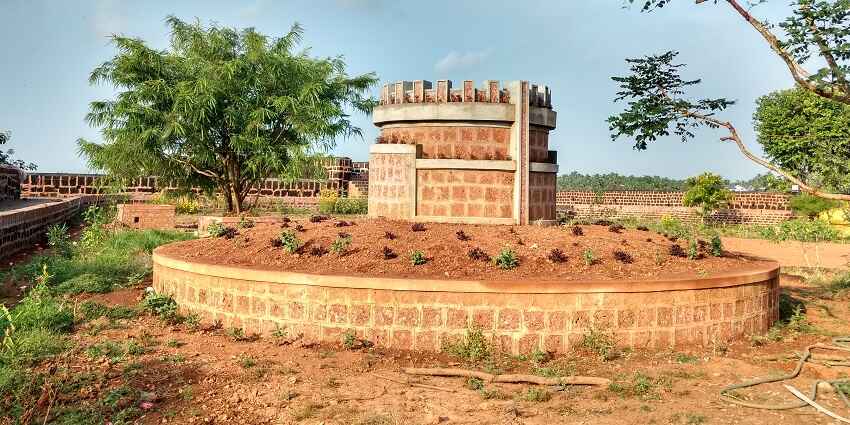
Photo: TP RADHAKRISHNAN / Wikimedia Commons
The history of Chandragiri Fort is connected with the Ikkeri Nayakas, who ruled over this region during the 17th century. Built by Shivappa Nayaka, one of the most noted rulers of the Ikkeri Nayaka dynasty. this strategic location provided a good vantage point needed for the Nayakas to monitor ship movements and control maritime trade routes. this fort has changed hands quite many times—from that of the Kolathiri Rajas to the Vijayanagara Empire, next to the Portuguese, and then to the British. Each of these rulers left their mark on the fort and contributed altogether towards its architectural and historical richness.
Suggested Read: Forts In Kerala
Architecture Of Chandragiri Fort Kerala
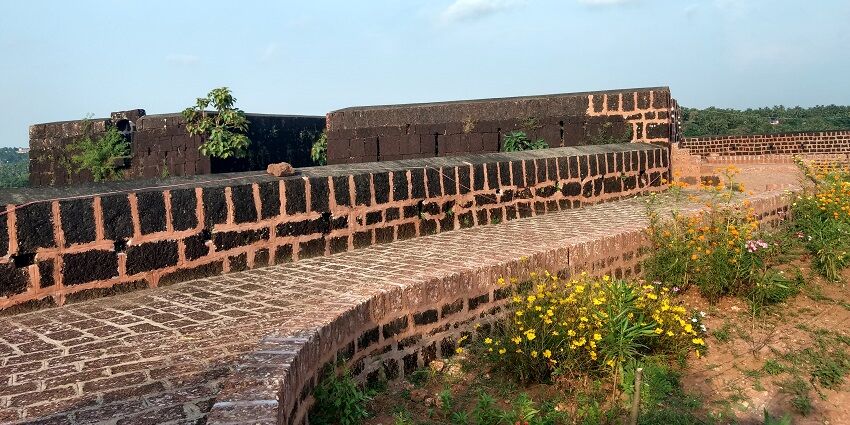
Photo: TP RADHAKRISHNAN / Wikimedia Commons
The typical character of Nayaka architecture in Chandragiri Fort shows in its robust building and strategic design. Composed of strong and durable laterite stones, the thick walls and bastions reflect the military architecture designed to withstand sieges and attacks. The main entrance is elaborately carved and leads to a courtyard that was formerly filled with activities of military and administrative works. This fort also has a secret tunnel through which the rulers could concede and escape during siege times. A panoramic view of the surroundings of this fort makes it an ideal location for photographers and nature lovers.
How To Reach Chandragiri Fort
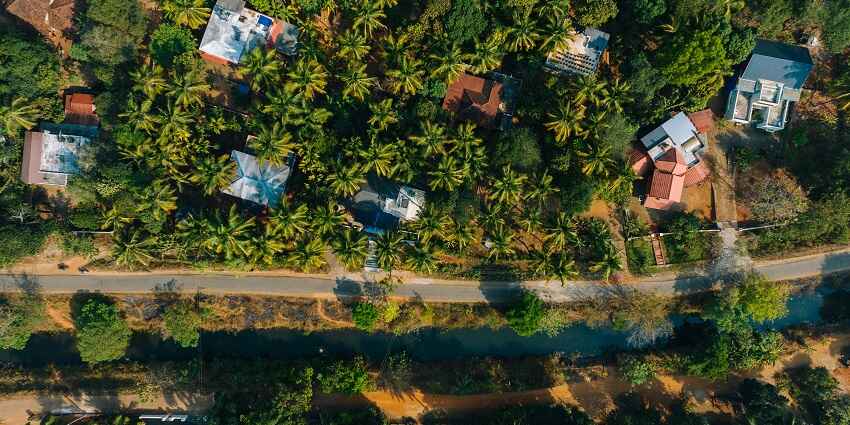
Photo: Jeswin Thomas / Unsplash
Chandragiri Fort can easily be accessed through various modes of transport. This includes:
By Air: The nearest airport to Chandragiri Fort is the international airport in Mangalore, about 60 km away. The domestic and international flights from major Indian cities and abroad link with this airport.
By Rail: The nearest railway station is Kasaragod, which is about 4 km away from the fort. It has good connectivity to major cities in Kerala and neighbouring states.
By Road: Kasaragod is connected by a good network of highways and roads. Buses operate from major cities in Kerala and Karnataka to Kasaragod. Also, local buses, taxis, and auto-rickshaws can be hired to reach Chandragiri Fort.
Suggested Read: Amazing Things To Do In Kerala
Places To Visit Near Chandragiri Fort Kerala
One can explore the surroundings of Chandragiri Fort with excursions to places of interest around the fort. These include:
1. Bekal Fort

Photo: Vinayaraj / Wikimedia Commons
Bekal Fort is another historical marvel and the largest and well-kept fort in Kerala. It offers a stunning view of the Arabian Sea and has a beautifully maintained park and beach nearby. It was constructed by Shivappa Nayaka during the 17th century. This massive fort is spread across 40-acres of land and is an excellent illustration of a coastal fortification. At dusk, it offers awe-inspiring views of the vast Arabian sea due to its strategic location.
Distance From Changdragiri Fort: 10 km
Timings: 8:00 AM to 5:30 PM
2. Ananthapura Lake Temple
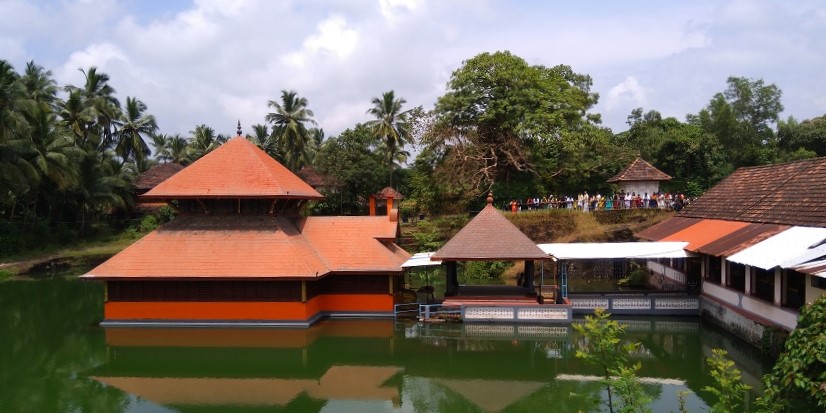
Photo: Kateelkshetra / Wikimedia Commons
Ananthapura Lake Temple is famous for its tranquil atmosphere, distinct style of architecture, spiritual ambience. It is surrounded by a calm lake and hence has a rare architectural setting amidst serene environs, making it apt for visitors who seek calm surroundings away from the hustle and bustle of busy routine. There is no entrance charge to visit it and hence people can seek blessings and enjoy the spiritual aura of this temple.
Distance From Changdragiri Fort: 15 km
Timings: Morning (5:30 AM – 12:30 PM) & Evening (5:00 PM – 7:30 PM)
Suggested Read: Top Kerala Temples That You Must Explore In God’s Own Country
3. Kappil Beach
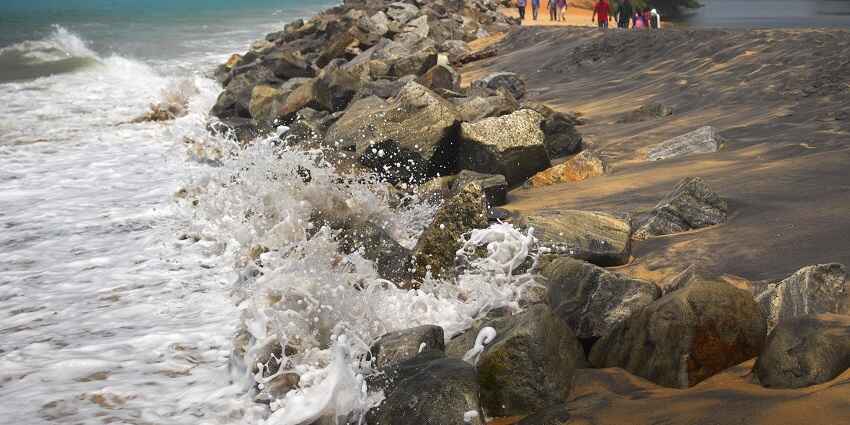
Photo: Shishirdasika / Wikimedia Commons
Kappil Beach is a calmer beach with less crowding and provides an excellent day of relaxation with the sea. The serene backwaters near the beach add to its beauty. The Kappil Lake, located near the beach, is a freshwater lake with lush green surroundings and coconut palm trees growing along the waterfront offering a breathtaking view. The sunset view from the beach offers peace of mind with the serene ambience, making it an amazing spot for someone seeking tranquillity in Kerala.
Distance From Changdragiri Fort: 12 km
Timings: Open all day
4. Ranipuram Hills
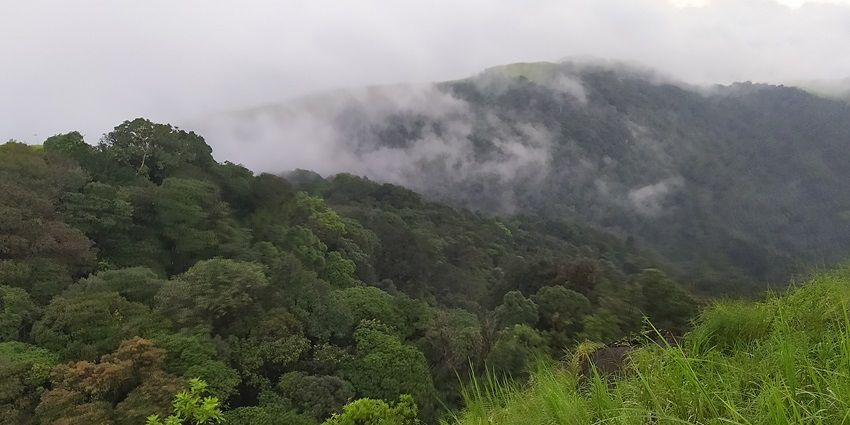
Photo: Rajeshodayanchal / Wikimedia Commons
Ranipuram Hills, located in the Kasaragod district of Kerala, is a serene hill station often referred to as the “Ooty of Kerala.” Situated approximately 85 kilometers from Chandragiri Fort, this destination is a haven for nature lovers and trekking enthusiasts. The hills are adorned with lush Shola forests, sprawling grasslands, and vibrant wildflowers, offering breathtaking views of the Western Ghats. Visitors can enjoy trekking trails that lead to panoramic viewpoints, where the cool breeze carries the scent of lemongrass. Ranipuram Hills is also home to diverse wildlife, including elephants, leopards, and exotic bird species. For those exploring places near Chandragiri Fort, Ranipuram Hills is a must-visit destination that combines adventure, tranquility, and natural beauty.
Distance From Chandragiri Fort: 85 km
Timings: 24*7
Suggested Read: Hill Stations In Kerala
5. Valiyaparamba Backwaters
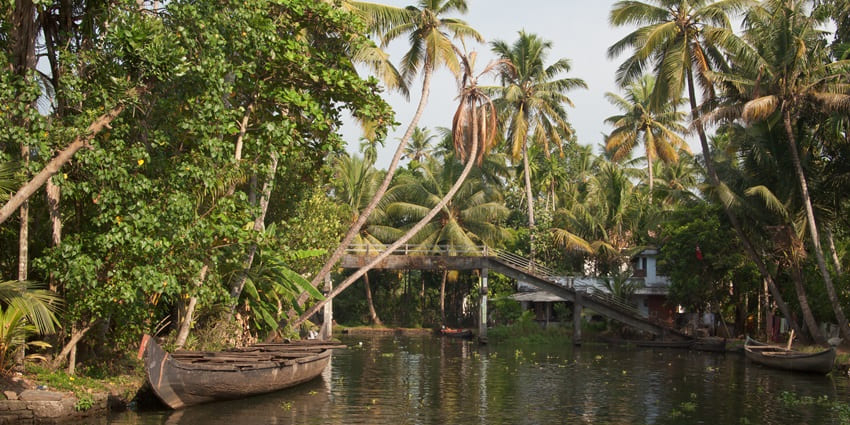
Photo: Vyacheslav Argenberg / Wikimedia Commons
Valiyaparamba Backwaters, located in Kasaragod, Kerala, is a serene and picturesque destination near Chandragiri Fort. Known as one of the most beautiful backwater stretches in Kerala, it is fed by four rivers, including the Tejaswini River, and is fringed by lush mangrove forests. Visitors can enjoy houseboat cruises that offer a tranquil journey through the emerald waters, showcasing abundant birdlife and vibrant aquatic ecosystems. The nearby Valiyaparamba Island, a fishing hub, adds to the charm of the region. For those exploring places near Chandragiri Fort, Valiyaparamba Backwaters is a must-visit destination that combines natural beauty, relaxation, and cultural richness.
Distance From Chandragiri Fort: 40 km
Timings: Best visited during daylight hours
6. Chembirika Beach
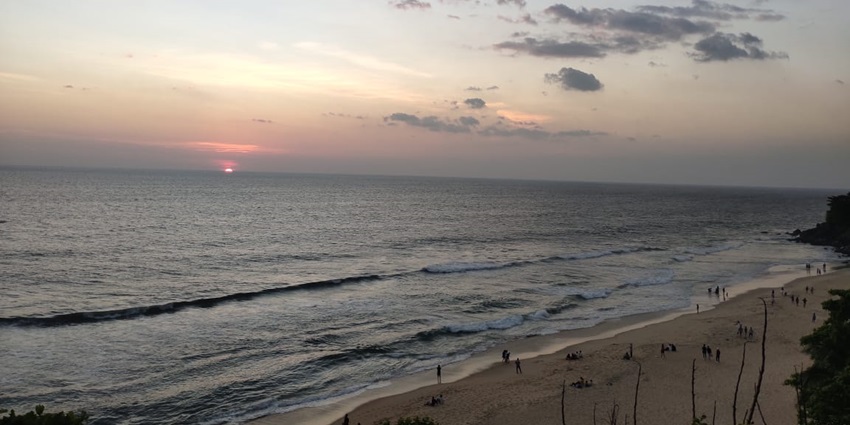
Photo: Raviojha06 / Wikimedia Commons
Chembirika Beach, located in Kasaragod, Kerala, is a serene and lesser-known coastal gem near Chandragiri Fort. This tranquil beach is characterised by its golden sands, clear blue waters, and lush greenery, making it an ideal spot for relaxation and solitude. Visitors can enjoy long walks along the shore, witness stunning sunsets, and explore the unique rocky formations that add to the beach’s charm. The nearby Chembirika River, which meets the Arabian Sea, enhances the scenic beauty of the area. For those exploring places near Chandragiri Fort, Chembirika Beach is a must-visit destination that offers a perfect blend of natural beauty and peaceful ambiance.
Distance From Chandragiri Fort: 10 km
Timings: 24*7
Suggested Read: Beaches In Kerala To Enjoy Sun, Sand, and Serenity
7. Azhi Pozhi
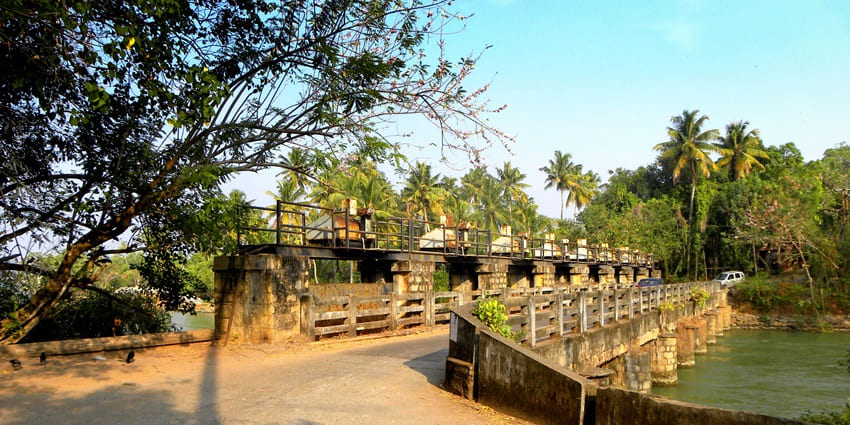
Photo: Arunvrparavur / Wikimedia Commons
Azhi Pozhi, a unique natural phenomenon found in Kerala, is a fascinating destination near Chandragiri Fort. The term “Azhi Pozhi” refers to the formation of sandbars along the coast that separate the sea from backwaters, creating a stunning interplay of water bodies. These sandbars often erode during the monsoon season, allowing the sea to merge with the backwaters, resulting in a dynamic and picturesque landscape. Visitors can enjoy the serene ambiance, observe the rich biodiversity, and explore the nearby estuaries and beaches. For those exploring places near Chandragiri Fort, Azhi Pozhi offers a blend of natural beauty and ecological wonder, making it a must-visit destination.
Distance From Chandragiri Fort: 12 km
Timings: 24*7
Other Factors To Consider
These are some factors to keep in mind while visiting the Chandragiri Fort Kerala:

Photo: Kelly Sikkema / Unsplash / Image For Representation Only
Chandragiri Fort Entry Fees & Timings
There is no entrance fee for Chandragiri Fort; it is open to all. However, the Chandragiri Fort timings are from 8 AM to 6 PM every day. It is advisable to visit during early morning or late afternoon to avoid the midday heat and to enjoy the best views.
Tips For Travellers
The fort has some walking and climbing. Thus, one must wear comfortable shoes. Carry water and snacks. The tourist shall not damage or deface in any manner any part of the fort.
Best Time To Visit
The best time for a visit would be during early morning or late afternoon, as you can go around the place without the strong heat in the middle of the day and enjoy the scenic beauty of the place with comfort.
Suggested Read: Offbeat Places In Kerala For An Amazing Getaway
The Chandragiri Fort, Tirupati has historical value and is sure to club visitors into a rich journey of the past that belongs to the state. Be it a history enthusiast, nature lover, or a curious traveller, the majestic architecture, scenic views, and intriguing history of this fort will mark a memory in every visitor’s life. Plan your visit to Chandragiri Fort and soak into stories of battles, trade, and cultural exchanges that shaped this region.
Cover Photo: TP RADHAKRISHNAN / Wikimedia Commons


 WhatsApp
WhatsApp
 Twitter
Twitter









